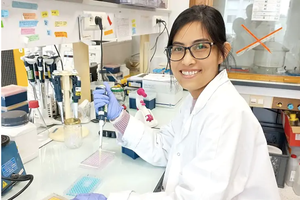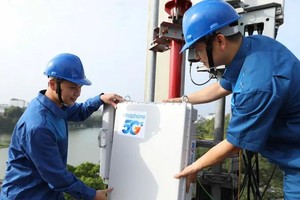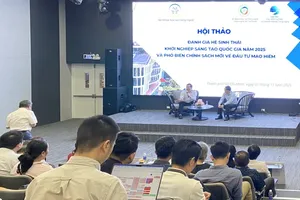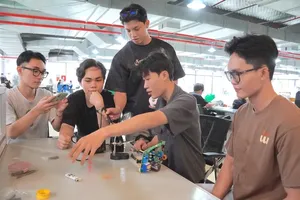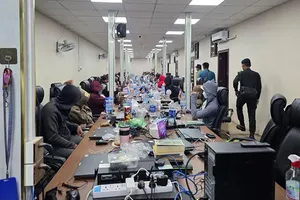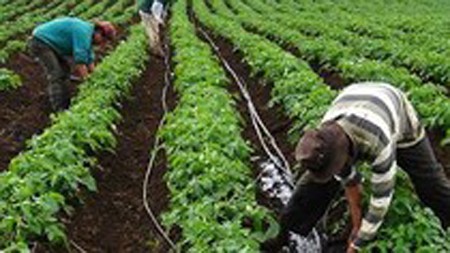
The drip irrigation technology, transferred to Vietnam by Israel, is used to provide water and fertilizer to plants, especially those grown in areas with harsh weather like Israel, where the method was invented in 1965 and then applied nationwide.
Research has shown that in Vietnam, agriculture accounts for 43 percent of greenhouse gas due to traditional cultivation fertilizer provision methods. Therefore, to improve the environment quality, this new irrigation way, introduced by Netafim – an Israeli manufacturer of irrigation equipment, and offered by Khang Thinh Irrigation Technology Joint Stock Company, has been successfully piloted in the coconut tree plantations in the southern province of Ben Tre and the grape plantations in the central province of Binh Thuan.
Thanks to applying this new irrigation method, the productivity of plants has increased from 25 percent to 200 percent. The success in maintaining humidity helps plant roots develop fully, raising the rate of fertilizer absorbance to 90 percent while minimizing the amount of water needed. Also, the average payback period of these pieces of equipment is around 1.5 to 2 years.
The drip irrigation system is special in that it has sensors to record a series of data like soil humidity, PH value, or lighting, and then transfer them to the processing center, where there is sufficient databases for all plants and their corresponding water as well as nutrition needs. As a result, the amounts of water and fertilizer for each plant are automatically adjusted.
The system can also consider various terrains in the process of providing water and fertilizer.
As stated by Dr. Nguyen Dang Nghia, Head of the Southern Center for Soil, Fertilizer and Environmental Research, this drip irrigation method is able to partially tackle the issue of creating a suitable environment for plants, especially in areas of saline soil in the Mekong Delta.
“Normally, whether being watered or not, plants in saline areas still die. Thanks to this new technology, plants can minimize its absorbance of salt while being able to maintain a sufficient amount of water and nutrition, helping them survive through the dry season,” explained Dr. Nghia.




